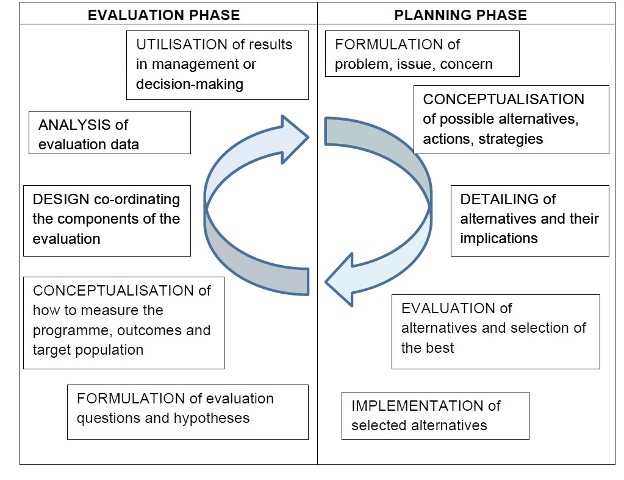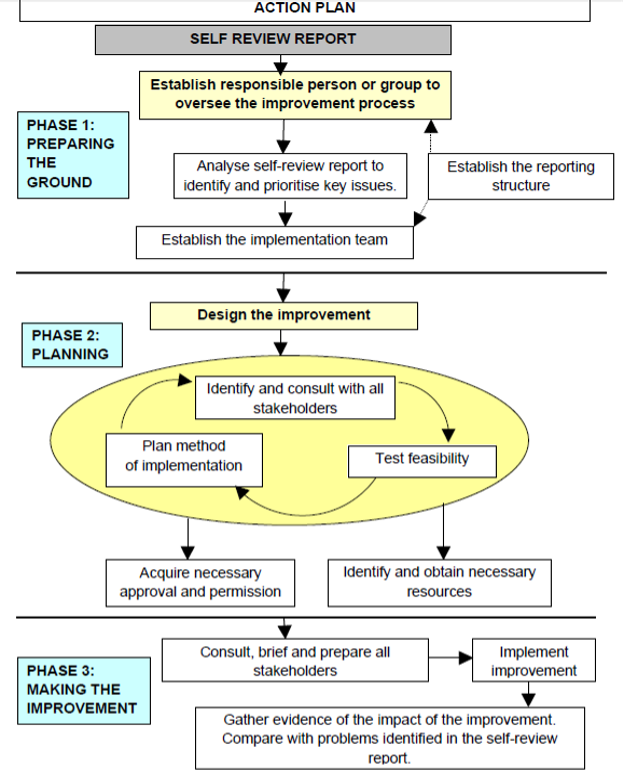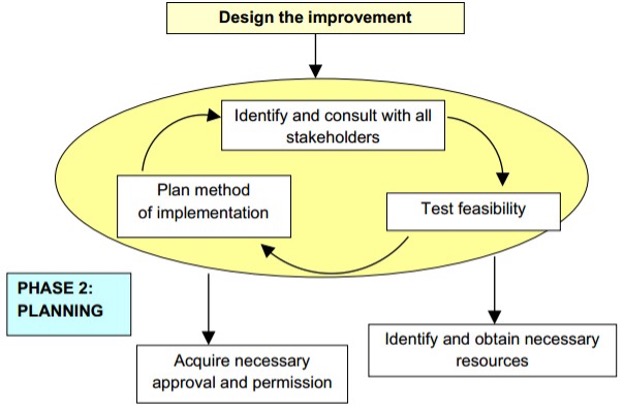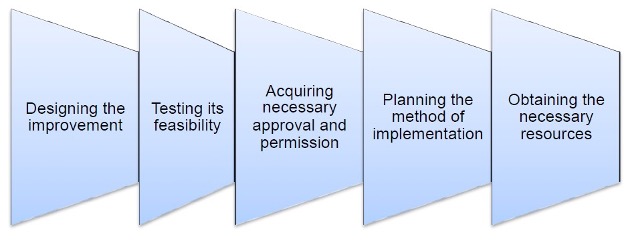Internal Quality Assurance System
VisionAvalon University aims at attaining quality benchmarks in teaching-learning, evaluation, clinical training, research, professionalism, and administrative activities of the University, through continuous assessment, promotion of a conducive academic and administrative environment, quality initiatives, and action plans in implementing its institutional and human values.
Mission
Develop a quality culture at Avalon University through continuous quality improvement through periodic self-evaluation of all its processes. This will promote quality enhancement in teaching, learning, research, and student support services.
The Quality Policy
Avalon University provides well-trained healthcare professionals who can work in the local community and worldwide. The university ensures quality teaching and learning opportunities for its students while supporting research and innovations. The university is devoted to delivering reliable benchmark amenities to all its stakeholders. The university is committed to carrying out all tasks in a high-quality manner that considers the community, the leadership, faculty, students, and other stakeholders. The university aims to nurture innovations and research. It works relentlessly towards maintaining globally accepted education and research in health professions, which is attained through the university’s well-established research and ethics committee.
Its strategic management and continuous operational developments are based on analysis produced via regular evaluations and feedback. Moreover, it contributes to the welfare and safety of the employees and students and pays keen attention to multiculturalism, global responsibility, and the principles of sustainable development in its operations. To ensure that the needs and requirements of all stakeholders are met, the university:
- Has an established internal quality assurance system that integrates and maintains the organization’s processes, standards, policies, and procedures.
- Prepare and implement strategic planning and quality policy and evaluate its effectiveness.
- Ensure that all personnel are familiar with the quality policy and all relevant procedures.
- Committed to the health, safety, and welfare of its entire staff.
- Create and nurture a quality culture at the organization.
- Upholds professional values and is committed to good professional practice and conduct.
- Ensure sustainability in quality management at the university and evaluate this policy annually at the quality improvement committee meeting and get stakeholders’ approval.
The internal quality Assurance system at Avalon University
The Quality Improvement Committee
The quality improvement committee is responsible for the overall continuous quality improvement of the Avalon University programs. It is responsible for implementing and evaluating strategic planning. Also, the committee evaluates the curriculum and other related aspects, such as the mission and objectives of the university, educational resources, governance, and leadership, including administration through data collection, analysis, and suggesting improvement measures concerning the key indicator profiles such as curriculum development, student satisfaction, the effectiveness of teaching, student grading and the entire process of teaching and learning. Based on the suggestion received from the quality improvement committee, the curriculum committee sets the strategies and creates an action plan for improvement; it will be evaluated in their meetings and documented accordingly.
Quality Improvement System at Avalon University
The QIC comprises many stakeholders, including administration, academic staff, student representatives, and members from the university standing committees, and is supported by the secretarial staff. The membership of the nominated members shall be for three years. The QIC should meet at least once every semester. The quorum for the meeting shall be two-thirds of the total number of members of the quality improvement committee. The agenda, minutes, and Action Taken Reports will be documented and reportable to the faculty senate.
Examples of input that quality improvement is based upon:
- Internal self-review
- External review, such as accreditation site visits
- Critical incident studies
- Complaints (from students, teachers, administration, etc.)
- Student performance
- Adverse incidents
- Routine educational evaluation and monitoring
- New information gained from study or research reports or case reports.
Members of the Quality Improvement Committee
- Chancellor
- Dean of the Bachelor of Science in Health Sciences program-chair of the committee
- Vice presidents
- Associate dean of postgraduate education
- Member of the Admissions department
- One member of the curriculum committee – a senior faculty member
- Student representatives
- Dean of the school of medicine
- Executive administrator/registrar
- Clinical Coordinator
Roles/Responsibilities of Members/students and other stakeholders Chair responsibilities:
- Gather all relevant data from concerned parties/departments, including qualitative and quantitative data.
- Analyzing the data along with the other members of the committee.
- Create agendas and provide overall organization (including reserving rooms, sending announcements, etc.) for the quality improvement committee meetings.
- A committee member typically takes minutes and is edited by the chair before being sent to members for review.
- Review all submissions before placing them on the agenda.
- Assign a proper change management group for the recommended changes.
Committee Members Responsibilities:
- Analyzing the data along with the chair.
- Attending all meetings.
- Making recommendations to set up a quality culture of continuous improvement.
- Help the chair in gathering data from all departments and committees.
- Involved in change management along with the chair.
Student Representative Responsibilities: (Protocol & Responsibilities:)
- A student will be selected as a representative.
- Representatives are responsible for conducting the surveys among students. They conduct surveys regarding the entire program and gather and compile survey feedback.
- Student representatives are involved in analyzing the feedback collected through surveys.
- Upcoming meetings and Agendas should be placed on the notice board to notify all students and to discuss any issues with representatives. Notifying the students regarding the upcoming quality assurance and improvement committee meetings and collecting suggestions from the student body.
Role/Functions of Quality Improvement Committee (QIC).
QIC helps institutions plan and monitor quality improvement actions. It also gives stakeholders or beneficiaries a cross-sectional participation in the institution’s quality improvement actions. The main responsibilities of the QIC are self-evaluation or self-review of educational programs. Self-evaluation provides an opportunity to ‘reality test’ an institution’s performance and identify opportunities for improving and/or sustaining desired practices, processes, and outcomes.
- Involved in developing operating systems and processes to fulfill the institutional vision of quality services in all six domains. Verify that processes are in place and that they are operating effectively.
- Determine whether existing policies and procedures effectively meet institutional goals and identify gaps.
- Provide information that may not be evident (such as localized innovative practices in teaching and learning).
- Enhance staff, students, and other stakeholders’ understanding of organizational processes and outcomes.
- Reality testing’s achievements toward strategic goals
- Increase engagement with change.
- Disclose weaknesses and force a confrontation.
- Promote honest communication.
- Encourage benchmarking, internally and or externally.
- Identify activities that are misaligned with organizational goals/objectives.
- Provide evidence of quality processes in place.
- Promote an evidence-based safety transparent culture.
- Promote learning.
- Enable self-identifying improvement gaps and developing associated strategies to address these before an external audit.
- Maintain accreditation and certification.
Objectives:
- To Promote Quality in Health Professions Education
- Enhance the quality of education by fostering professional growth and development of faculty members
- Facilitate a learner-centric environment conducive to quality education.
- Evaluate the processes and practices and suggest measures for improvement in the education delivery system.
- Promote the use of best practices and innovative teaching technology to effectively deliver information and knowledge to the learners.
- Facilitate faculty development program.
- Ensure upgradation of the skills and knowledge of the teachers through active participation in conferences, seminars, workshops, etc.
- Motivate teachers regularly to augment teaching quality.
- Monitor and strengthen the feedback system.
- Analyze student’s performance.
- Perform faculty evaluation.
- Document the results of the evaluation and outcome.
- Enhance the quality of education by fostering professional growth and development of faculty members
- Promote quality in clinical training -best practice
- Collaborate with different local and international hospitals to provide the best possible exposure to the students. Develop and disseminate the standard operating procedures for clinical rotations.
- Evaluate the students, preceptors/faculty members and administrative members in clinical practice.
- Develop a culture of quality in research
- Enhancing research initiatives by students and faculty, involving them in multidisciplinary, multi-centric research.
- Promoting quality in research culture among faculty and students.
- Support research and ethics committee.
- Encourage community need-based, translational, and evidence-based research.
- Integrate education, administration, and quality projects in research.
- Stimulate research environment for the promotion of quality publications with high impact journals.
- Extend the research with community collaboration.
- Governance and transparency in the data management system
- Maintain confidentiality of the subject matter at the governance
- Assure transparency in data management systems and day-to-day operational work.
- Effective and efficient use of resources
- Use innovative technology to manage all data.
- Effective human resource management
- Strengthen alumni support
- Environmental safety
- Assure the implementation of safety policies and procedures at the campus.
- Establishment of student support systems.
- Ensure safety and security on the campus.
- Community collaboration and participation
- To promote a culture of participation with programs and institutions that support ongoing quality community engagement.
- Collaborate with government and community institutions to work together to advance the common goal.
Organization and implementation
The quality improvement system at Avalon University follows the principles of diversity and continuous development. It is developed based on self-evaluation, feedback, and internal and external quality assurance accreditation surveys. Students are expected to participate in the operational development by providing feedback and participating via their representatives in the operation of various university standing committees.
Assessment and development of Operations
The operational principle behind this quality improvement system is PDSA, from which the educational development cycle (planning-evaluation cycle) is rooted.

Educational Development Cycle- Planning- Evaluation Cycle

Trochim, W.M.K. (2006) The planning-evaluation cycle. Research methods knowledge base. Web Centre for Social Research Methods. Available at: http://www.socialresearchmethods.net/kb/pecycle.htm

Phase 1 – Preparing – The accreditation body standards are utilized for evaluation. Additionally, the institution can assemble its standards

Phase 2 – Planning


To ensure the designed improvement addresses the actual problem or recommendation:
- Carefully analyze the recommendation or the problem identified.
- Identify the components and variables that caused the problem and led to the need for improvement.
- Seek the stakeholder’s input on analysis.
- Offer options to a wide range of stakeholders for comment and ranking.
To ensure the designed improvement is supported by all stakeholders:
- Create a list of all stakeholders and groups. These should represent:
- Those who will implement the improvement.
- Those who will benefit from it.
- Those who will support it administratively.
- Those who will champion it from a position of power or influence.
- Be systematic in talking with each of these about:
- The problem
- The possible approaches to improvement
- The selected improvement plans.
Discover if the designed improvement relates to other experiences:
- Refer to the literature and professional networks to seek similar problems.
- Determine what solutions have been attempted and either succeeded or failed
Phase 3 – Making the Improvements

